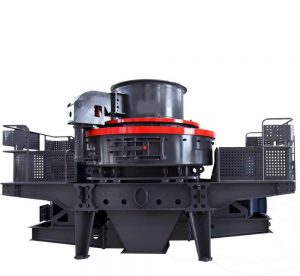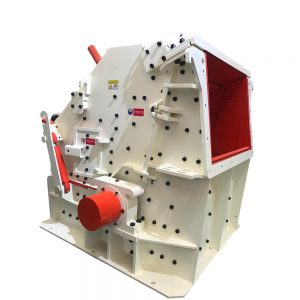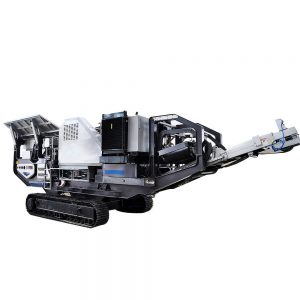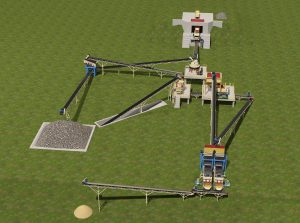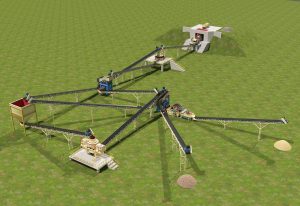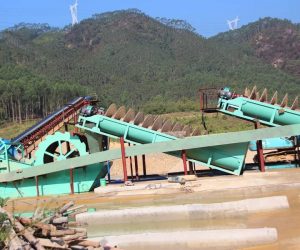Transforming Silica Sand into High-Quality Artificial Sand
With the rapid development of the construction industry, the demand for sand and gravel materials has increased sharply. However, traditional natural sand resources are gradually depleting, leading to price increases and environmental problems. The production of artificial sand has become an effective solution, and silica sand has become an important raw material due to its excellent physical and chemical properties. This article will introduce the production process, technology, and application of producing artificial sand from silica sand.
Characteristics of silica sand
Silica sand is mainly composed of silicon dioxide (SiO ₂) and has the following significant advantages
- High strength: Silicon sand has a high hardness and is suitable for use as building materials, capable of withstanding significant pressure.
- Wear resistance: Silica sand exhibits good wear resistance during use, extending the service life of concrete.
- Chemical stability: Silica sand has stable chemical properties and does not react with materials such as cement, ensuring the quality and safety of concrete.
The process of silica sand to artificial sand
Collection and screening of silica sand
The first step is to collect silica sand from mines or sand yards. The collected silica sand must undergo preliminary screening to remove big impurities and particles, ensuring smooth subsequent processing. The screening standard is generally determined based on the particle size of the target particles, with a particle size range of 0-5mm.
Cleaning of silica sand
Silica sand usually contains soil, impurities, and organic matter. The cleaning step is to remove these impurities to improve the purity of silica sand. There are water or chemical cleaning methods. Water washing is the most common method. It uses high-pressure water flow to rinse the silica sand to ensure a clean surface.
Crushing of silica sand
If the silica sand has larger particles, it needs to go through a crushing process. Crushing equipment usually uses jaw crushers or impact crushers to crush large particles of silica sand into smaller particles. The crushing process needs to avoid the production of fine powder caused by excessive crushing.
Particle size adjustment and screening
The silica sand needs to be screened again to ensure the uniformity of the particles. The particle size of silica sand is adjustable according to different application requirements. Usually, the particle size range of artificial sand is between 0-5mm, and the specific application can be selected according to the needs of concrete or mortar.
Drying treatment
In some cases, silica sand may adsorb moisture during the cleaning process, which affects its subsequent effectiveness. Therefore, drying treatment is necessary. You can use a hot air dryer or natural air drying method to remove moisture from silica sand. Dried silica sand is more suitable for the production of concrete and mortar.
Bagging and Storage
The artificial sand needs to be packaged and stored. The commonly used packaging method is to pack artificial sand into bags for easy transportation and storage. During storage, it is necessary to pay attention to moisture prevention and avoid artificial sand from being affected by moisture and affecting quality. Reasonable storage conditions can maintain the stability of the performance of artificial sand.
Main Equipment
- Function: Conduct preliminary and secondary screening of silica sand, remove impurities, and ensure uniform particle size.
- Features: Simple structure, easy operation, high screening efficiency.
2. Jaw crusher
- Function: Used for primary crushing, breaking large pieces of silica sand into smaller particles.
- Features: It has a high crushing ratio, strong adaptability, and durability.
3. Impact crusher
- Function: Used for medium and fine crushing, it can effectively improve the shape and uniformity of sand particles.
- Features: It has high crushing efficiency and excellent particle size of final products.
Application of artificial sand
Artificial sand has wide applications in the construction industry due to its excellent physical and chemical properties.
- Firstly, artificial sand is an important component of concrete, which can improve its strength and durability. It is suitable for various construction projects, including high-rise buildings, bridges, and roads.
- Secondly, artificial sand also plays an important role in mortar production, providing good bonding and compressive strength. It is suitable for construction like masonry and plastering.
- In addition, artificial sand can also be used to produce permeable bricks, pavement materials, etc., with good permeability and wear resistance. With the increasing awareness of environmental protection, artificial sand is receiving much attention and has become one of the important materials for sustainable development.
Economic Benefit Analysis
The production of artificial sand from silica sand has environmental advantages and brings significant economic benefits.
Cost advantage
The production cost of artificial sand is relatively low. With the advancement of technology, production equipment and processes continue to improve, resulting in increased production efficiency and reduced unit product costs. Meanwhile, silica sand has a wide range of sources and relatively stable prices, which helps to reduce the overall cost of building materials.
Market demand growth
With the acceleration of urbanization, the demand for sand and gravel materials in the construction industry continues to grow. As a new type of building material, the market demand for artificial sand is constantly increasing. Artificial sand made from silica sand can meet the demand for sand and gravel materials in different construction projects, expanding the market space.
Promote the development of the industrial chain
The process of producing artificial sand from silica sand involves multiple links, from the raw material collection and processing to the sale of final products, forming a complete industrial chain. It creates many job opportunities and drives the development of related industries like machinery manufacturing and transportation, promoting local economic growth.
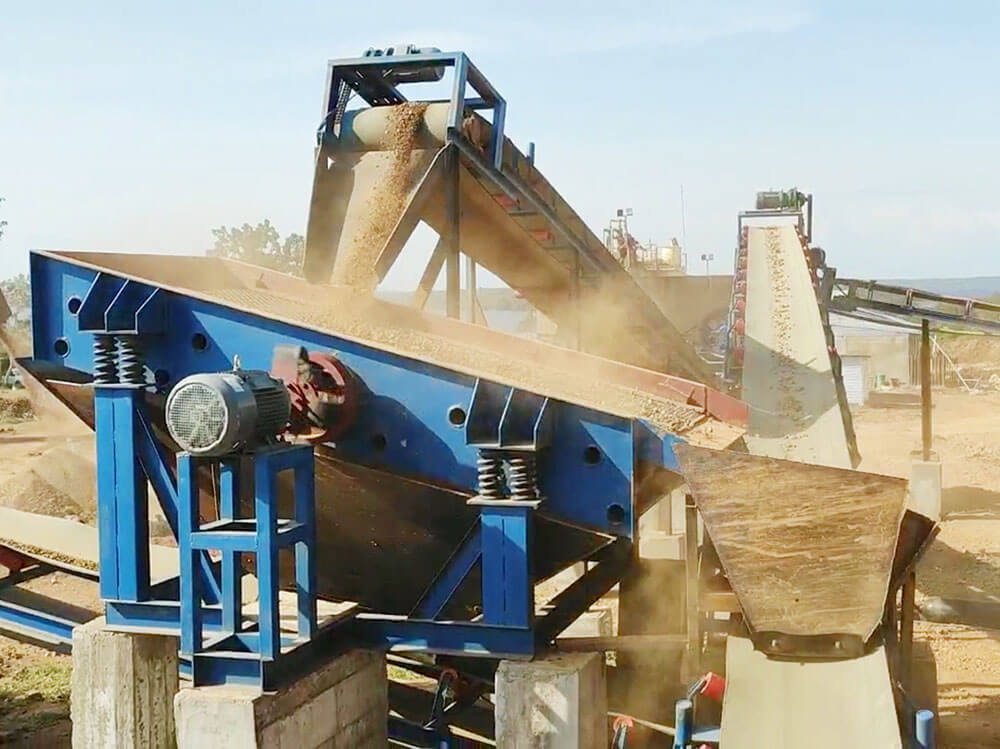
conclusion
Silica sand can be processed into artificial sand through scientific processes to meet the growing demand in the construction industry. The enhancement of environmental awareness and technological progress improves the production efficiency and quality of artificial sand, laying the foundation for the use of sustainable building materials. Promoting the development and utilization of silica sand and other alternative materials will contribute positively to the sustainable development of the construction industry.
Eastman is a professional mining equipment manufacturer with 38 years of rich experience in the mining construction industry. We can also provide lab equipment. Welcome to consult our professional team to get factory prices. According to your situation and product requirements, we will design a complete sand-crushing production line flow chart and provide an accurate quotation.
